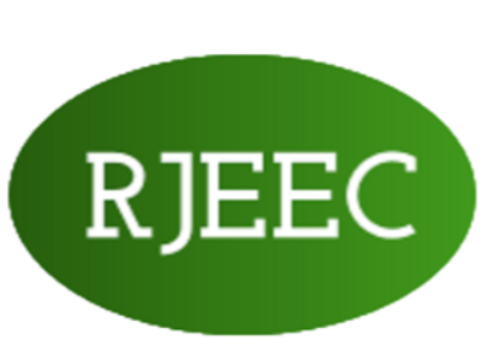
Municipal solid waste (MSW) - competitive raw materials for combustible materials obtaining
Authors: AGNES SERBANESCU, MONA BARBU, IONUT CRISTEA, LIDIA KIM, GINA ALINA CATRINA, GEORGIANA CERNICA, ILEANA NICOLESCU
Keywords: ash, energy, fouling index, MSW, slagging index
https://doi.org/10.21698/rjeec.2020.221Waste-to-energy projects can be classified as a complementary technology for energy recovery from non-recyclable municipal waste fractions and should therefore not compete with measures to reduce, reuse and recycle materials. The article presents the characterization of some trated municipal solid wastes as competitive raw materials for combustible materials obtaining. Samples with ligno-cellulosic and polymeric composition were analyzed, namely 3 samples of SRFs (solid recovered fuels) used as secondary raw material in cement plants, SRF1, SRF2, SRF3; a sample of RDF, consisting of household waste; a sample of fluff (homogeneous mixture of non-hazardous waste - selected, mechanically treated and dried) used as a secondary raw material in cement plants; 4 samples of municipal solid waste, fractions smaller than 100 mm, after a bio-drying process, with composition: paper and cardboard (70-80%), wood (6-15%), plastic (6-10%), glass and metal (3-14%), MBU1, MBU2, MBU3, MBU4. The waste samples were characterized in terms of technical and elementary characteristics and the ash (obtained by the sample incineration) behavior in the combustion process. The mineral matter was investigated by the X-ray fluorescence analytical technique using the Rigaku CG X-ray Spectrofluorimeter. The analysis of the indices used for the slagging and deposit formation risks evaluation shows that the analysed samples present an obvious risk of melt formation and deposits, due to a high content of base oxides and silicon oxide.



